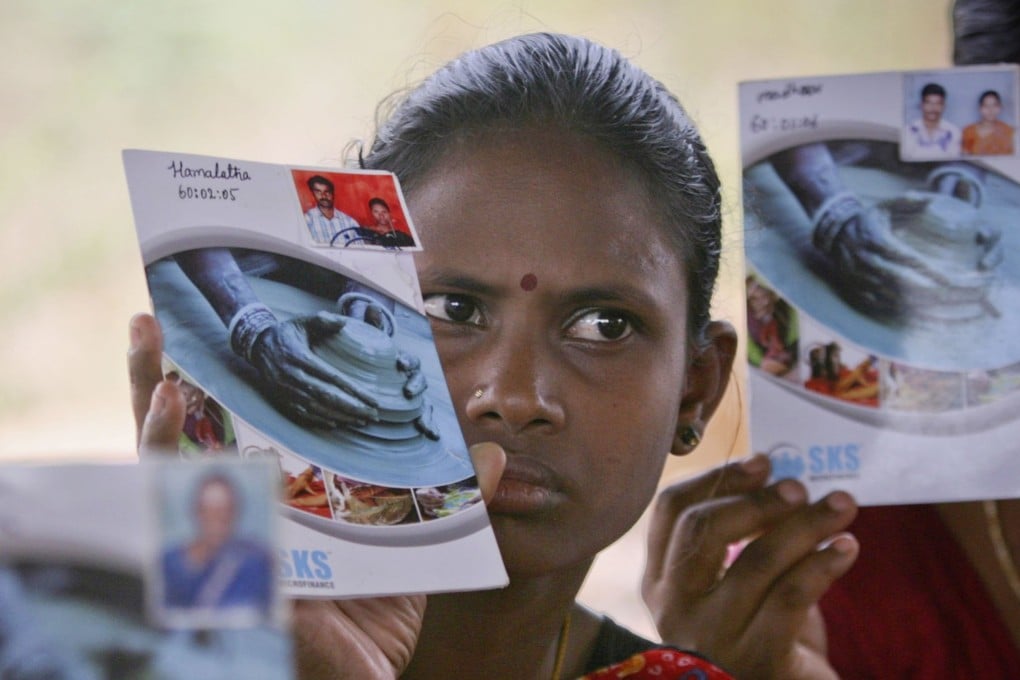New | In microlending, trust is repaid
Paul Letters' experience with extending a small loan to a poor farmer has persuaded him that it can help to alleviate poverty

Believe it or not, microlending organisations attract criticism for such speedy repayments, because, so the argument goes, the donor's money may not go directly to - or be repaid by - the actual individual profiled. But what does it matter if I got paid back from a general pot of repaid loans rather than by the individual I had clicked on?
Another layer of criticism has stained microfinance in 2013. Reports from Bangladesh - the birthplace of microfinance in the 1970s - show that some desperate individuals have sold organs in order to repay loans. However, surely selling organs is more a symptom of poverty than it is of microfinance?
Broadly speaking, microlending has proved more successful in Asia than Africa, but it is no magic bullet for solving poverty anywhere. Responsible non-governmental microfinance organisations seek out not the poorest individuals but the best entrepreneurs within an impoverished community.
For those local entrepreneurs, generally it's better to be in debt to a non-profit NGO rather than to an unregulated local loan shark. International NGOs such as Kiva, Care International and World Vision charge low interest, renegotiate reimbursement terms where necessary and boast repayment rates of 97-99 per cent.
You can lend as little as US$25. It's predominantly women who are lent the money. That's partly because - thanks to discrimination in terms of education and employment - women constitute a startling 70 per cent of the world's poor, and partly because they are far less likely than men to throw their money at alcohol and prostitutes. A woman climbing out of poverty tends to bring a family and others in the wider community with her.